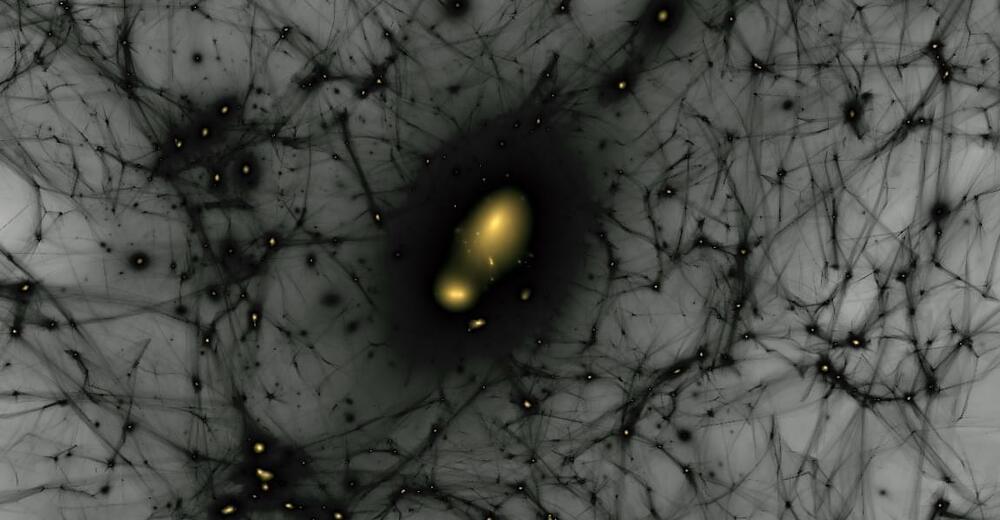A new study finds that giant neutron stars can exist for a few milliseconds in a merger.
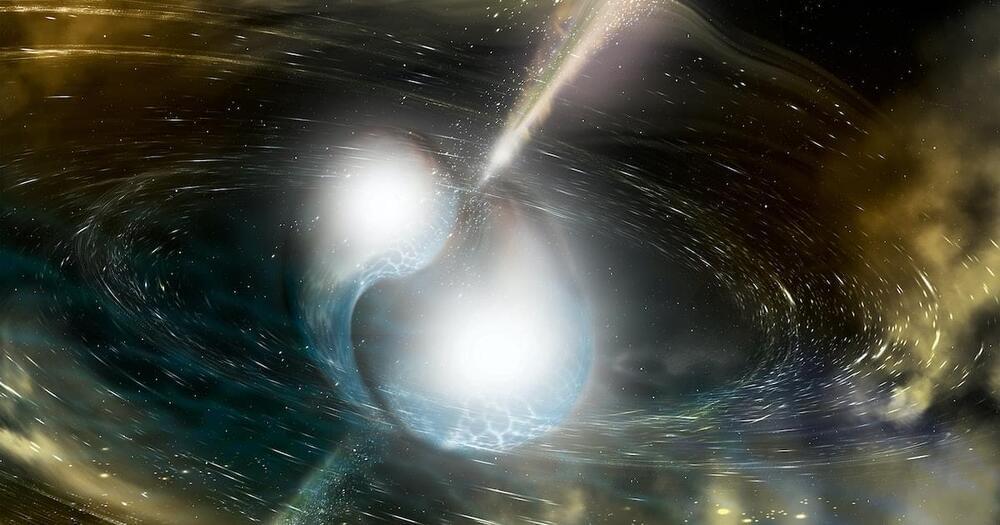

Everything you ever wanted to know about parallel universes, time, entropy, free will and more, explained by physicist Sean Carroll.
Up next, Michio Kaku: The Universe in a nutshell (Full Presentation) ► https://youtu.be/0NbBjNiw4tk.
Do you have free will? Is our Universe the only one, or do we live in one of many? And what does Einstein’s theory of relativity really say about the nature of reality?
These are some of the big questions that theoretical physicist Sean Carroll tackles in this Big Think video.
In 2022, Carroll published The Biggest Ideas in the Universe: Space, Time, and Motion, a book that achieves that rare feat of detailing the inner workings of scientific concepts in a way that’s accessible but not overly simplistic.
THE MULTIVERSE

In this video, I explain why the anthropic principle is a good, scientific principle. First I explain the difference between the strong and the weak anthropic principle. Then I name some examples of the use of the weak anthropic principle and explain its relation to the multiverse. Finally I explain that the weak anthropic principle is merely a constraint on the laws of nature.
Support me on Patreon: https://www.patreon.com/Sabine
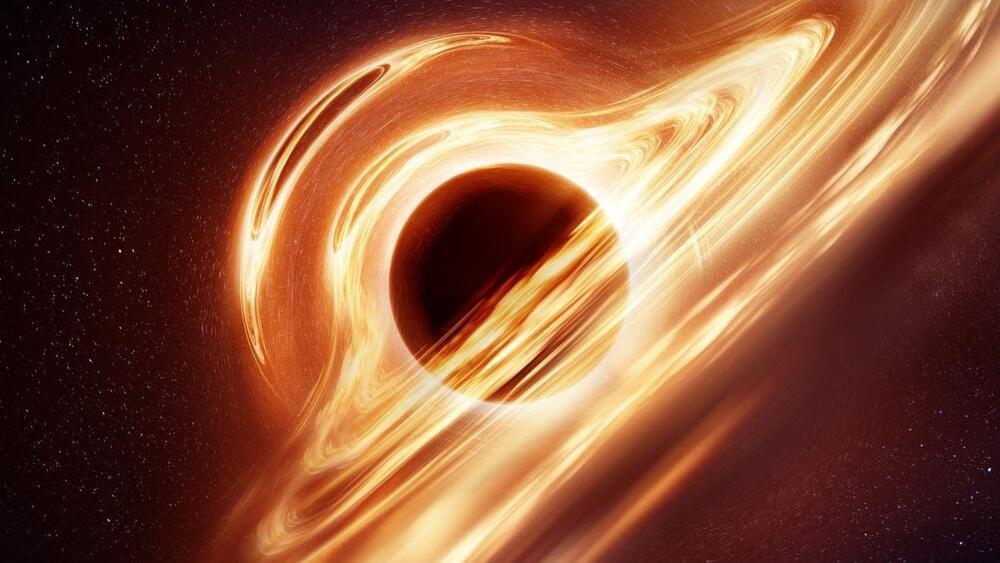
Black holes form natural time machines that allow travel to both the past and the future. But don’t expect to be heading back to visit the dinosaurs any time soon.
At present, we don’t have spacecraft that could get us anywhere near a black hole. But, even leaving that small detail aside, attempting to travel into the past using a black hole might be the last thing you ever do.
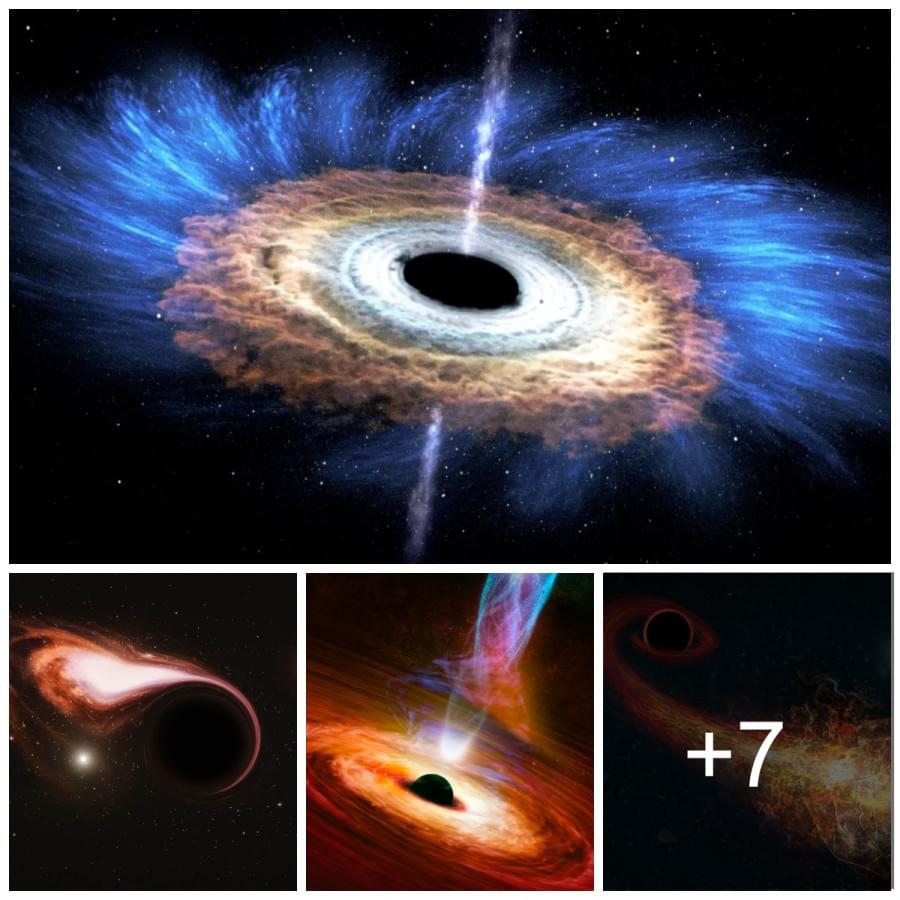
Black holes are areas of space-time where gravity rules supreme: A black hole’s gravitational pull is so strong that nothing, not even light, can escape. They range in size from stellar-mass black holes, whose masses can range from five to 100 times that of the Sun, to supermassive black holes, whose masses can exceed a billion solar masses. Astronomers now believe that supermassive black holes exist at the center of most galaxies. (A notable exception to this rule is M33, which appears to lack a central supermassive black hole despite being the third largest member of our Local Group.)
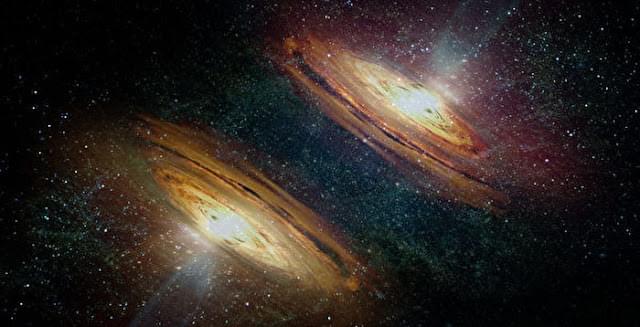
In November 2018, three physicists from the Perimeter Institute for Theoretical Physics in Waterloo, Canada, offered an unusual idea: from the Big Bang not only the Universe we know but also ‘its mirror image’ created.
Twin spiral galaxies and stars in space. NASA provided picture elements. A universe that extends backward in time. From our perspective, the Universe “after the Big Bang” moves… backwards.
The physicists Latham Boyle, Keran Finn, and Neil Turok suggested in a Physical Review Letters article that the Universe we live in is merely a fragment of the true Universe and that if so, dark matter and inflation would no longer make sense.
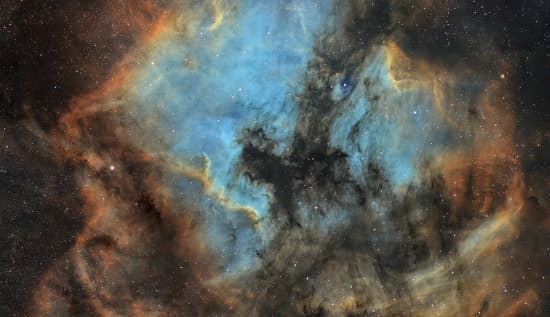

Black Holes are fascinating yet mysterious cosmic objects scattered across the Universe. Unfortunately, we don’t know much about them, and we barely managed to snap a photo of one located in another galaxy.
But, what exactly are black holes?
Per definition, a black hole is an astronomical object with such a strong gravitational pull that nothing, not even light, can escape from it. The “surface” of a black hole, called the event horizon, defines the limit where the speed required to evade it exceeds the speed of light, which is the speed limit in the cosmos. As a result, matter and radiation are trapped and cannot get out.
